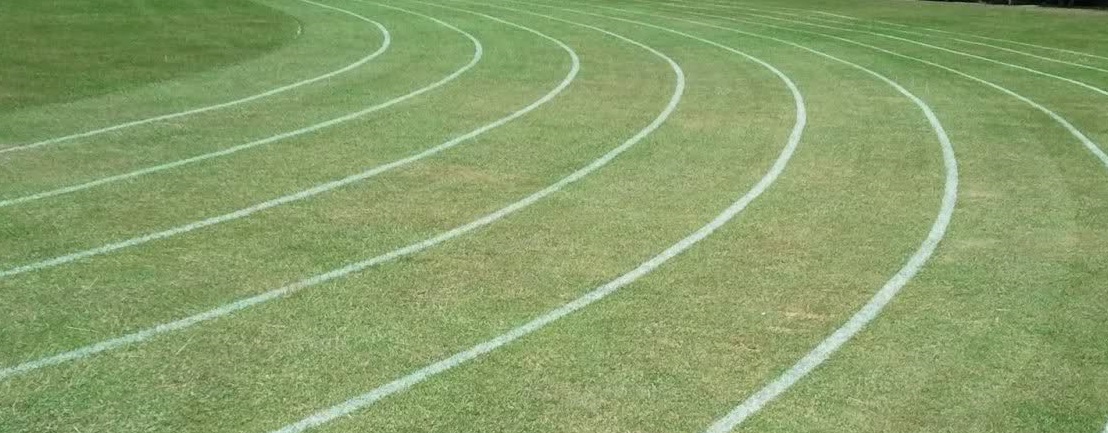Pre-Season Goal Setting
It seemed natural that my first post should be about goals…after all, why do anything if it does not further a goal? Creating this blog will help fulfil a goal of mine. Perhaps you are reading this to further a goal as well. It’s right we should start any discussion of coaching with an examination of how to coach athletes in setting goals. The content here may, I realize, be more applicable to college coaches than to high school or private coaches, but I believe the general principles apply across the board.
Being a collegiate coach, I have defined limitations to what “coaching” I can do during the off-season: i.e., during the summer. Beyond those limits, there is summertime itself, “when the livin’ is easy…;” alarm clocks (these days, cell phones) collect dust, Netflix traffic rises, and parents’ grocery bills double.
Under the NCAA guidelines, what can done in the way of coaching is best called “training advice.” I often send detailed instruction of what I would like the student athletes to be doing. Under the rules set by the NCAA, there is no way for me to ensure athletes are following the training plan. This often leaves me guessing if incoming cross country runners really logged the miles they say they ran. This is more than just a coaching issue: runners are risking their health if they are inflating their reported work capacity, and then come to campus determined to show the inflated numbers are genuine.
My student athletes love returning to school; back to freedom, their friends, and their team. If I asked on day one what their goals are, the excitement would translate into overzealous targets. This is why I hold off on goal setting for a few days. Postponing this task gives the coaches a chance to assess the athlete’s honest current work capacity. With those assessments made and excitement leveling off, we will have one on one goal setting sessions once we are a few days into the season.
In the one on ones, I will share my observations of where they are in their training:
“I have noticed you are comfortable at X:XX per mile on our tempo runs. That is an improvement over last year; wouldn’t you agree?”
“Sure”
From there, we develop S.M.A.R.T. goals (Specific, Measurable, Attainable, Relevant, Timely).
“What are your goals for the cross country season?”
“I want to win nationals”
“Okay… well, last season you were top 30 in the conference and top 100 in the region. It is really obvious you have been training hard on your own. How about a goal that might lead us to nationals, maybe not this year, but sometime in the future?”
“Top 10 in the conference and top 45 in the region this year.”
“Better. Let’s do it.”
Following the individual sessions, a team meeting is held to develop a team goal. Where is the group going as a whole? During this time, athletes vocalize how their goals and expectations of their teammates are going to work towards the overall team goal.
I think I should clarify: although goals are not developed until days after practice has started, training is not without direction or purpose. During our season-opening team meeting, I define the purpose of the team and the season. A very broad statement, nothing specific, that may later challenge the team goal. However, it does give each athlete something to focus on during the “aimless” days at the beginning of the season.
